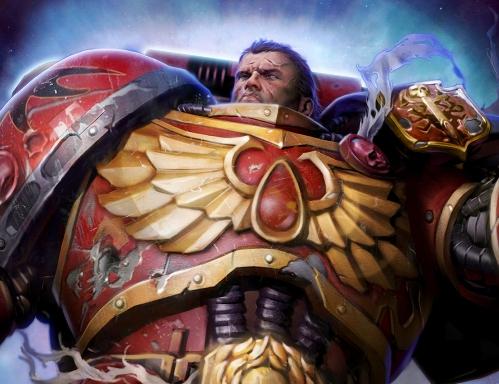All else being equal, I would prefer to use Hexes. However... Pathfinder, the system I use most, uses squares. The entire system is basically designed around it. Squares are somewhat easier to measure distances with... although you can go off-grid, at which point it doesn't matter which you're using. Squares are 'cleaner' in terms of making maps; a map made of hexes always looks somehow 'off', or fake... humans like straight lines, so squares work better for that. You can't, for example, make a straight wall out of hexes without it looking bumpy or crooked. Last but not least, it's hard enough to align-to-grid a squares map; Hexagons? Forget about it! Yes, Gauss, I've read your manual for it... still not gettin' it! I'll stick with squares 90% of the time, although I do prefer hexes for outdoor maps where straight lines just don't matter as much.









